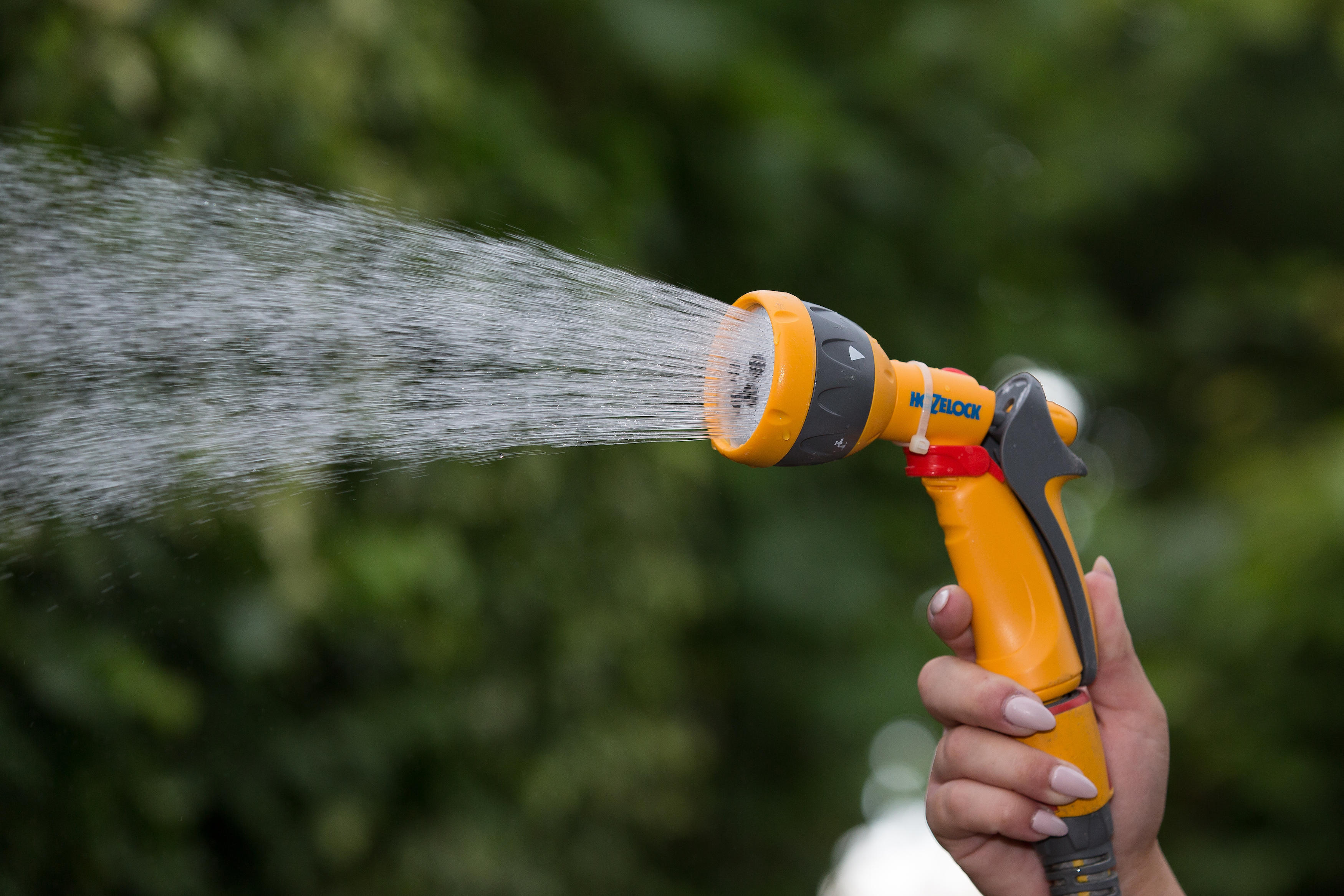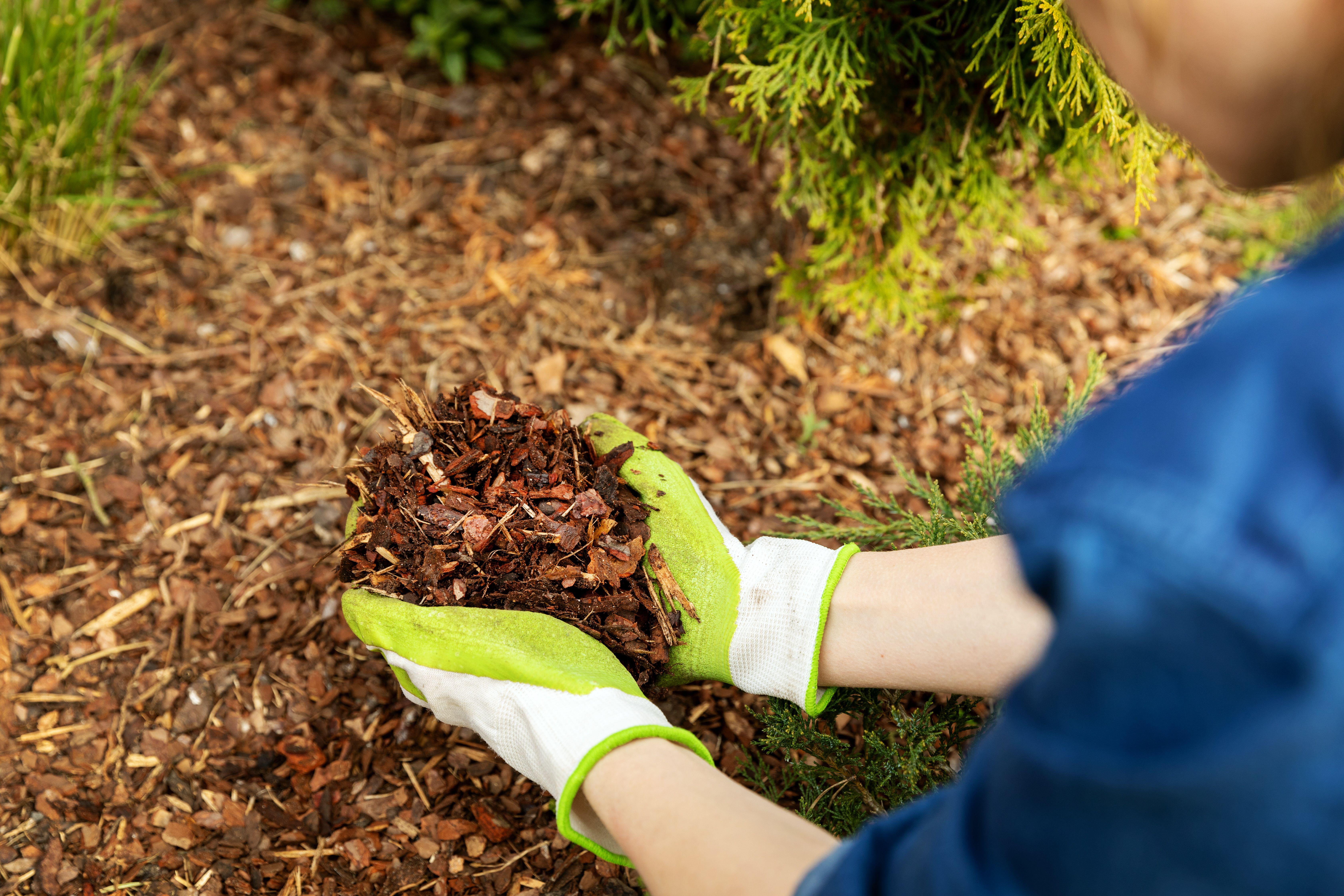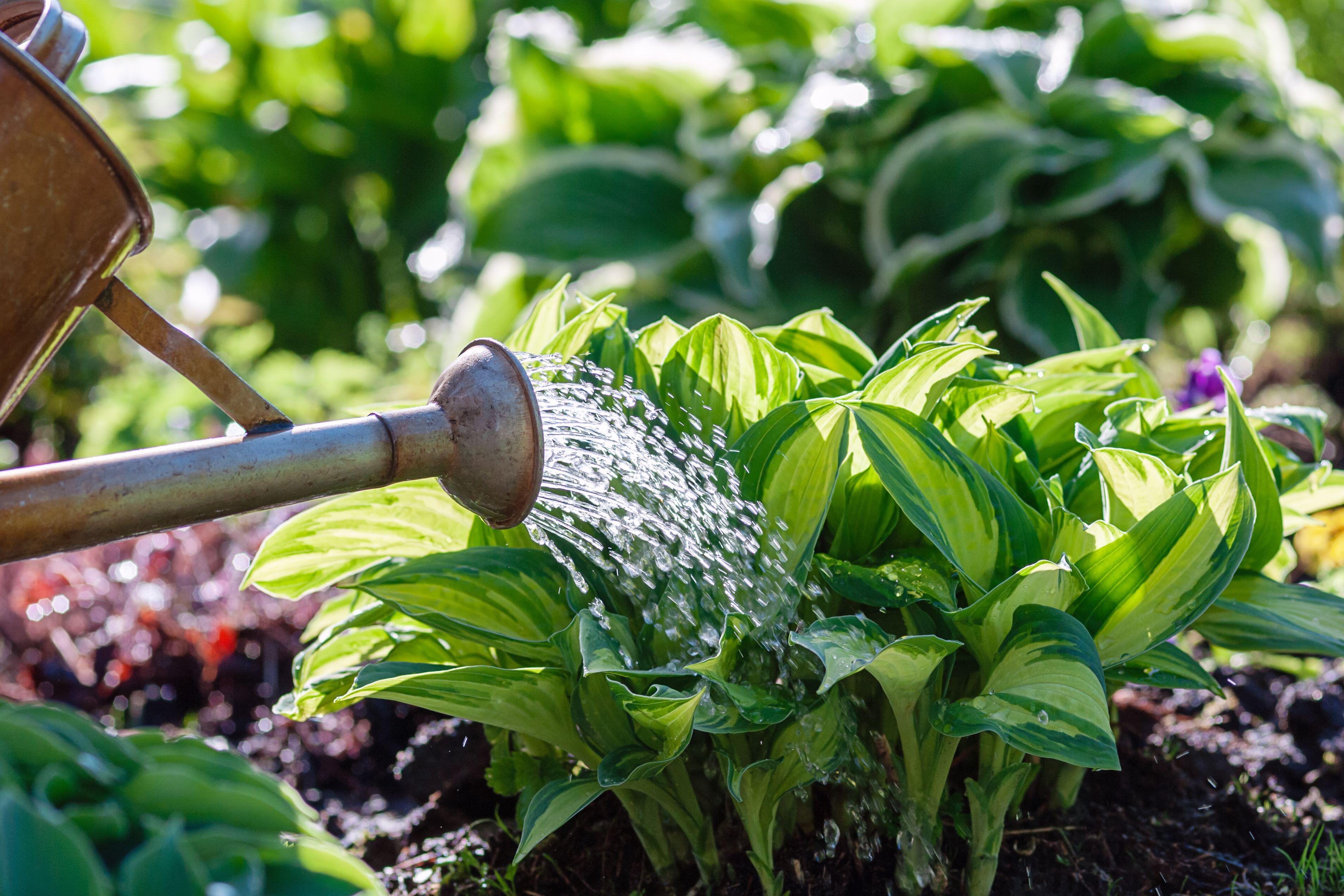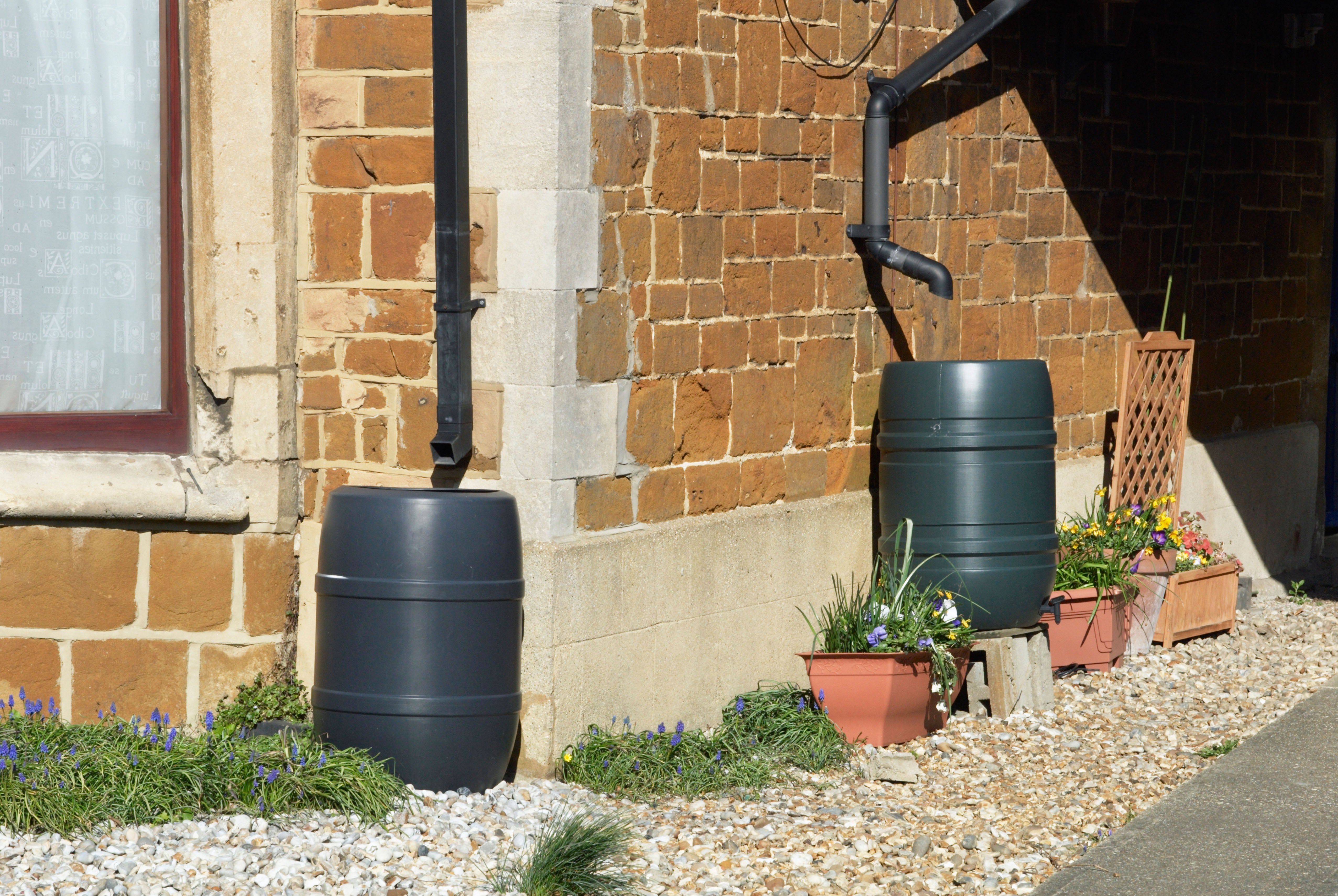The joy of summer gardening, with its vibrant blooms and thriving plants, is set to be curtailed for many across England as a series of hosepipe bans come into effect.
These restrictions threaten to disrupt carefully laid plans for maintaining lush outdoor spaces.
Following the third heatwave of the season, Yorkshire Water was the first to implement measures, with its ban taking effect on 11 July.
South East Water quickly followed suit, announcing that its own restrictions would begin on 18 July. This week, Thames Water has also confirmed a hosepipe ban for specific areas, which will be enforced from 22 July.
But don’t let all your hard work go to waste – now is the perfect time to adapt your gardening routine to keep your plants healthy and happy without a hosepipe.
We got in touch with Oliver Hill, founder and editor of gardening site Garden List, who has explained exactly what activities are prohibited under the ban and has shared some tips on how to keep your garden flourishing and fruitful this summer without the need for a hosepipe.

Which specific activities are restricted under a hosepipe ban?
Hosepipe bans, also known as a Temporary Usage Ban, are put in place to help preserve water and to ensure there’s enough to go around, according to Thames Water.
“During a hosepipe ban, using a hosepipe for watering the garden, filling paddling pools, cleaning vehicles and washing patios or windows is typically restricted,” explains Hill. “However, watering with a watering can is usually allowed, and exceptions may apply for vulnerable people or newly laid turf.”
Here are some ways to ensure that your luscious garden doesn’t suffer in the absence of a hosepipe..
Water plants in the early morning or late evening
Water your plants during the cooler times of the day with a watering can.
“Early morning (before 9am) or late evening (after 6pm) is best,” recommends Hill. “This reduces water loss through evaporation and gives plants time to absorb moisture before the heat sets in.”
Keep the moisture locked in the soil

“Mulch, compost and water-retaining crystals can help reduce water use by keeping moisture locked in the soil for longer,” shares Hill. “Incorporating plenty of organic matter like compost or well-rotted manure also boosts the soil’s ability to retain water.
“Mulching around plants with bark, straw, or even grass clippings helps reduce surface evaporation and keeps roots cool.”
Choose plants that thrive in dry conditions
Plants like lavender and succulents are very low maintenance and tend to flourish with minimal water.“Mediterranean plants such as lavender, rosemary, thyme, and sedum are naturally drought-tolerant,” says Hill. “Ornamental grasses, echinacea, and succulents also cope well in dry conditions.”
Prioritise watering plants that need it the most

Use a watering can to sprinkle plants that need some extra TLC.
“Group plants with similar water needs and prioritise watering anything that wilts quickly or produces fruit,” advises Hill. “Young seedlings, fruiting vegetables (like tomatoes and courgettes) and container plants need water the most.”
Raise mowing height and leave clippings on the lawn
“Letting your lawn go brown isn’t the end of the world, most lawns bounce back with the first rainfall,” says Hill. “But raising the mowing height, avoiding cutting in the heat and leaving the clippings can help keep it greener longer.
“If you must water, focus only on high-traffic or sun-scorched areas using a watering can.”
Implement some drought-tolerant gardening strategies
Design your garden with drought in mind.“Planting more resilient species, improving soil health, using mulches, installing rainwater butts and reducing lawn space can all help,” recommends Hill. “Gravel gardens and Mediterranean-style planting schemes are worth considering too.”
Consider alternative watering strategies
“Watering cans and drip irrigation can be more efficient and may be permitted during bans,” says Hill.
Collect rainwater

Rainwater is great for watering plants.
“Install water butts on down pipes to capture roof runoff,” recommends Hill. “Use lids to prevent debris or mosquitoes, and raise them for easy access with a watering can. Linking multiple butts together increases capacity during rainy spells.”
How to save water in the garden amid heatwaves and hosepipe ban
Five ways to ensure your potted plants thrive while you’re on holiday
Five rare butterflies to keep an eye out for this summer
What you should be doing to your garden during this heatwave
Expert predicts what your garden will look like in 2050
These sap-sucking insects are rife in UK gardens. Here’s how to combat them







